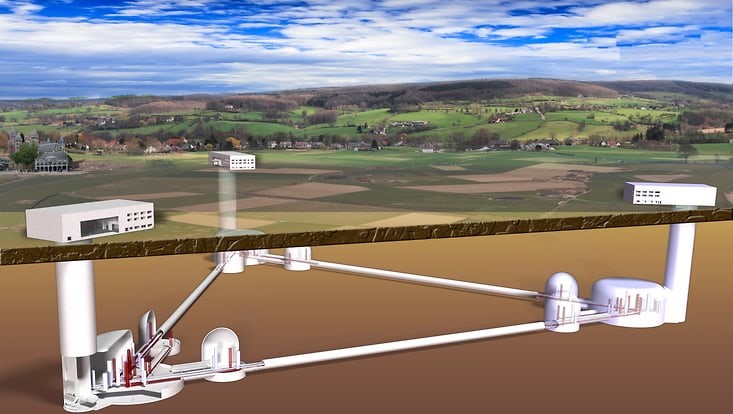Analyzing ash and gasesStudent Expedition to Stromboli
3 December 2024, by Christina Krätzig

Photo: Private
The Stromboli is among Europe’s most active volcanoes. Northeast of Sicily, on the island of the same name, it spews ash and rocks almost constantly. A group of budding geophysicists from the University of Hamburg plans to explore it next year. Their trip is funded through the Excellence Strategy of the Federal and State Governments.
Ms. Ischebeck, what kind of data do you aim to collect on site?
Our group will collect as much data as possible in parallel over a period of 8 days in order to better understand the transport of substances in Stromboli and how volcanoes work on the whole. Using a thermal imaging camera, a sulphur dioxide camera, and a photo camera, we will measure the dispersion velocities of gases, such as water vapor and carbon dioxide, as well as those of so-called volcanic bombs, meaning volcanic rock fragments with a diameter larger than 64 millimeters. A seismometer and an acoustic sensor also provide us with simultaneous information about the released acoustic and seismic energy. Altogether, this data presents an accurate picture of what was going on in the volcano at a particular moment.
Is collecting this data dangerous?
Stromboli is permanently active and produces major eruptions every few months. As lava and rock are usually carried away via the inaccessible northern flank of the mountain, very few people have actually been harmed. For a volcano, Stromboli is therefore relatively safe apart from the summit area at an altitude of around 900 meters. Our station is therefore installed at a height of approx. 250 meters.

Why do you need the collected data?
We want to find out how quickly ash, rocks, lava and gases are transported out of the volcano. Such parameters are key to civil protection in a crisis. This data also has academic value, for volcanic ash and gas input into the atmosphere can also influence the Earth and climate system in the event of major eruptions. Our research approach is rather open by comparison. By collecting a lot of parallel data within a set time frame, we may discover correlations in their analysis that have not been observed and described before.
Who exactly will be traveling to Stromboli?
Right now, we are 4 geophysics master’s students. We have all gained expedition experience aboard research vessels. But the Stromboli trip will be different, as we won’t be able to rely on an experienced crew. The project is supervised by Dr. Lea Scharf, a research associate at the Institute of Geophysics. In addition, funding from Universität Hamburg—University of Excellence enables us to take along 2 more fellow students. They will be selected from the field of geophysics by the end of the year.
Student research groups funding program
Via this funding program, Universität Hamburg—University of Excellence enables student research groups to assume responsibility for their own academic project. The program calls for applications twice annually and offers a total of €10,000 per project. All current funding opportunities are listed in the funding database at Universität Hamburg—University of Excellence set up within the framework of the Excellence Strategy of the Federal and State Governments.



